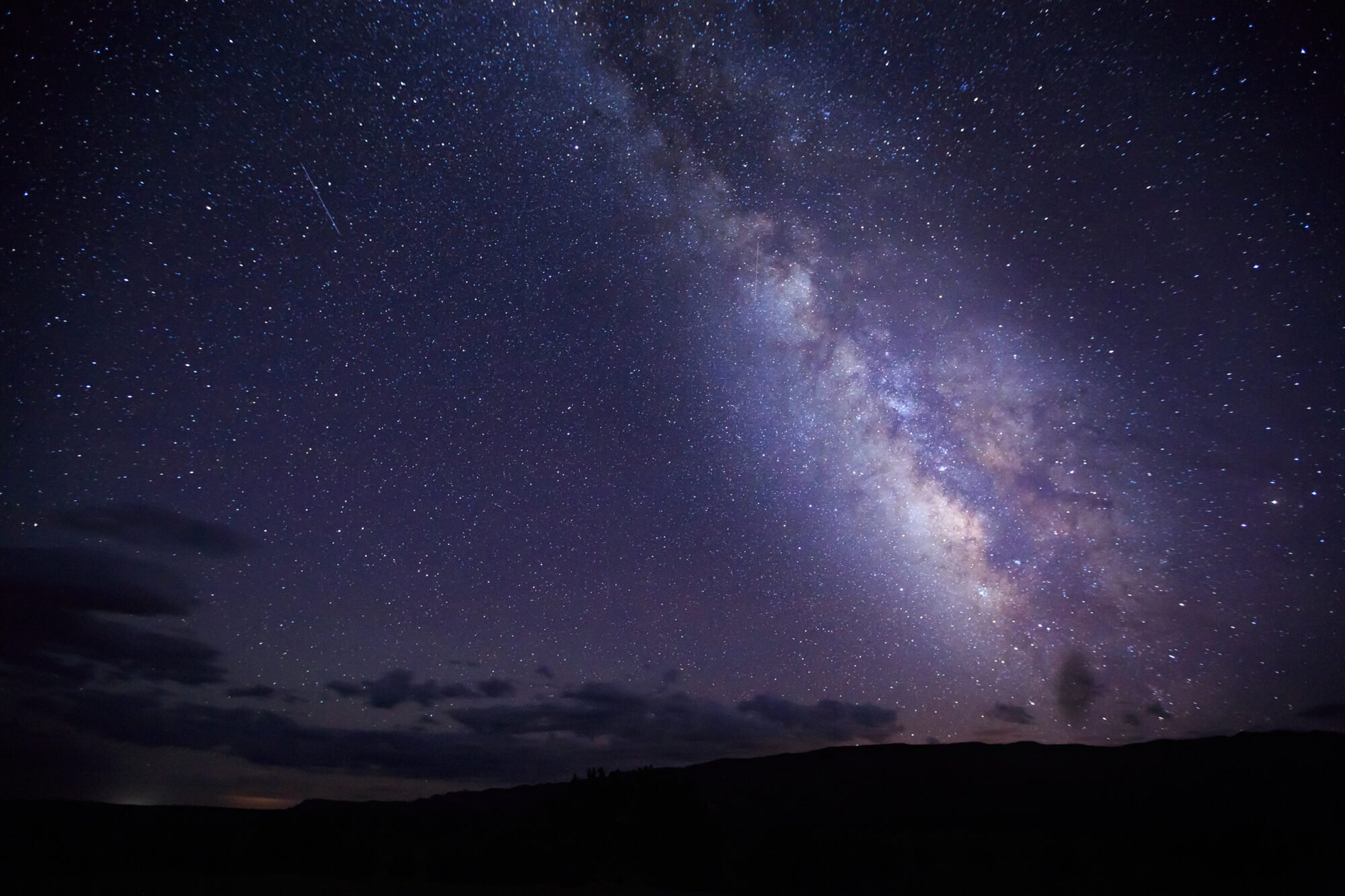Twinkle twinkle little star how I wonder what you are… Wonder no more because below are some of the most appreciated spots for stargazing.
1. Arches National Park
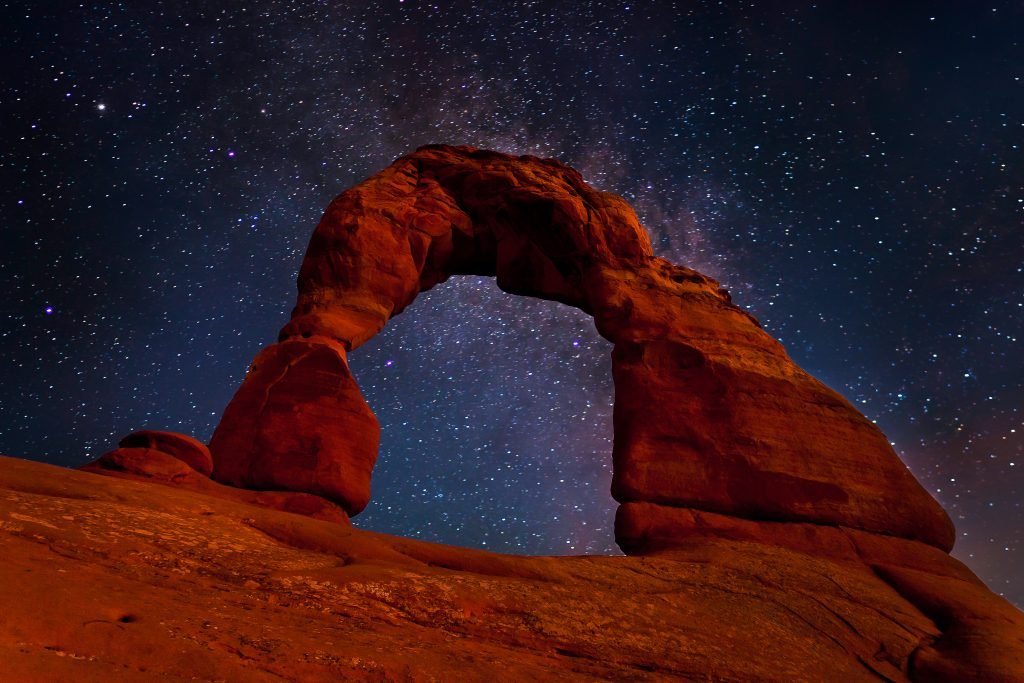
The desert town of Moab hides a precious gem that rewards those who travel its grounds. As you drive around, every twist and turn will lead you to an extraordinary view of a unique rock formation. Who knew mere rocks could be so fascinating? Delicate Arch is located 5-km up the barren land. As the clock strikes sunset, visitors perch on the side of the spiral terrain and view the ethereal piece of arched rock against the setting sun background. The adventurous visitors stay until midnight to wait for the sky to clear and the milky way to graciously decor the black canvas sky. Aside from the Delicate Arch, visitors can also go to the Double Arch, another popular arch to view the stars from.
2. Bryce Canyon National Park
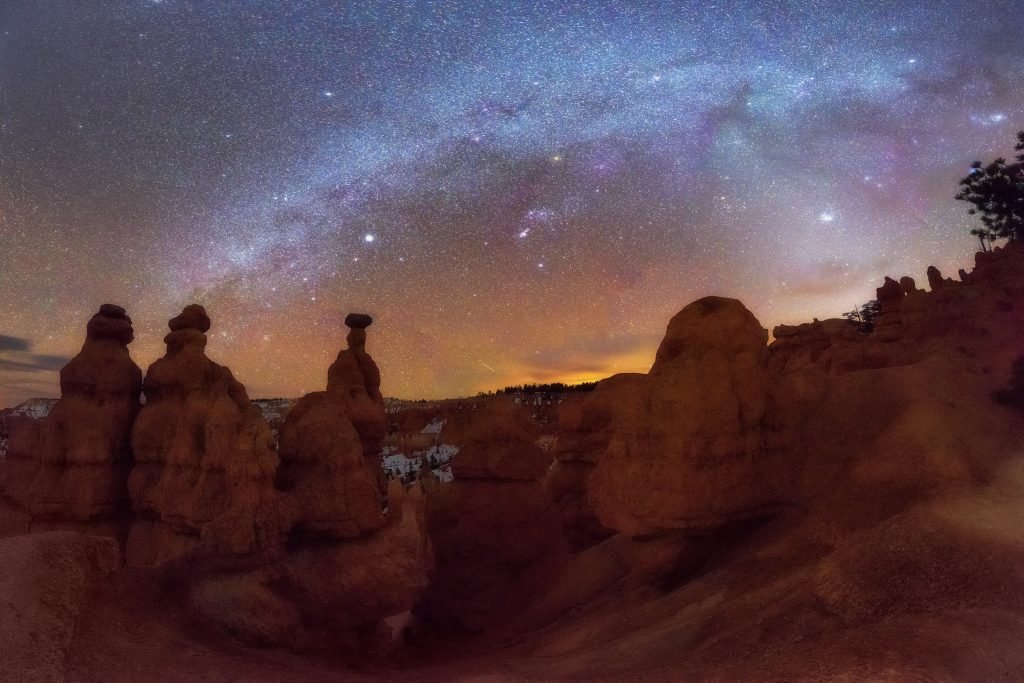
If you’ve never experienced real wonder and awe, think about visiting this amazing place the next time you’re in Utah. Bryce Canyon National Park is home to never-ending hoodoos and natural amphitheaters. In the day, walk down the Navajo trail and find yourself on Wall Street, one of the natural amphitheaters in the park. But when the sky darkens, don’t let the shadows intimidate you from walking down the canyon. Bring a flashlight and make your way to Thor’s Hammer, a rock formation that looks like the famous Mjolnir. The speckled sky above the spiraled rock formations makes a beautiful photograph.
3. Death Valley National Park
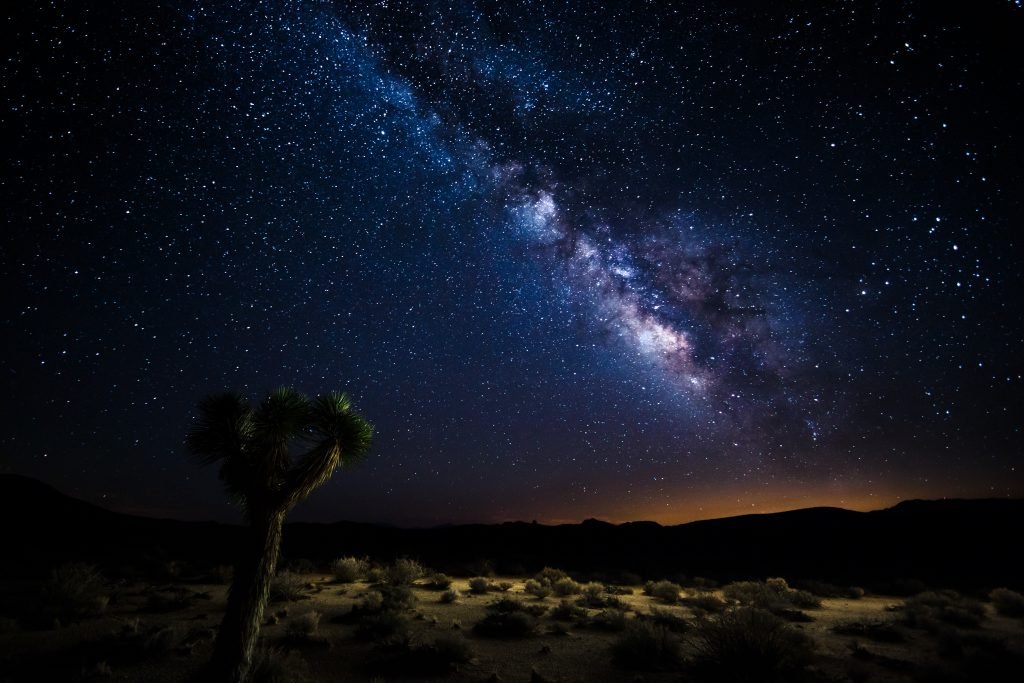
Perched on the border of California and Nevada lies the darkest sky in the nation. Death Valley is known for its pitch black skies and was designated as a dark sky park in 2013. Being a dark sky park means that no artificial light is allowed on the grounds because it will hinder the stargazing experience. Death Valley is also known for its badlands, colorful rocks and low dunes that cover the 3.3 million-acre land.
4. Yosemite National Park
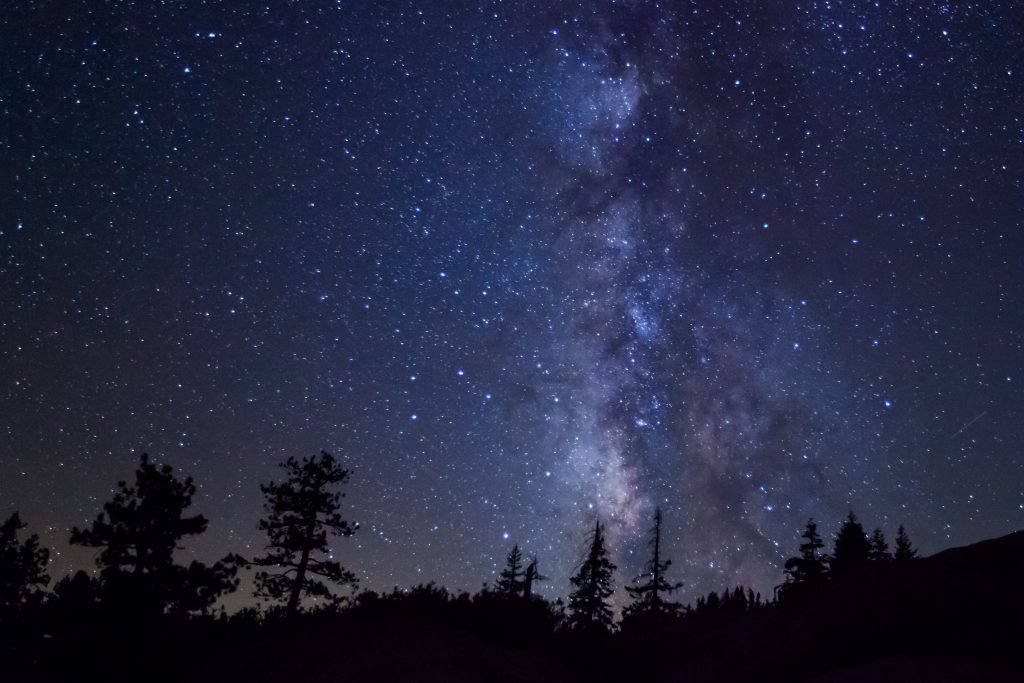
Yosemite National Park offers majestic views of nature. With hanging cliffs and deep valleys filling every inch of the park, no view will disappoint you. Glacier Point is the prime spot for stargazing which is about a 45-minute drive from the valley. Once you set yourself comfortable on the tip of the viewing point, all you need to do is wait for the sun to set and the sky to illuminate with the brilliance of stars. Due to Yosemite’s distant location from the city lights, you can vividly see constellations on a clear night.
5. Cherry Springs State Park
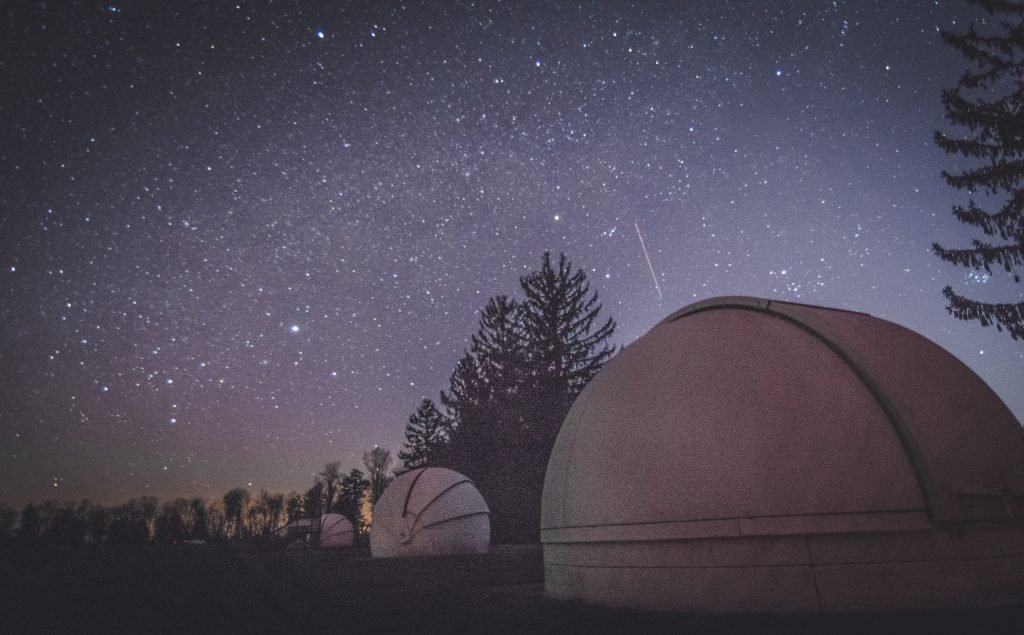
Last but not least, this park is also crowned as one of the primary dark sky parks. The extremely dark sky at Cherry Springs is every celestial lover’s dream located on the East coast. This 82-acre park is smaller compared to other parks, but the pitch black atmosphere makes it an ultimate prime spot for stargazing. Astronomers can rent one out of three of the observatory domes during their overnight stay at the park. Amature astronomers are also able to visit the Night Sky Viewing area and drop by for a few hours without having to stay overnight.
Tips:
- Check the weather before stargazing to make sure you arrive on a clear night.
- The best time for stargazing is during the moon’s dark lunar phase (new moon).
- Use a red flashlight as it will not affect your night vision.
- Download apps on your phone for information on what stars and constellations are above your location.
- If you don’t own a telescope (because who does?!) use binoculars instead because it can provide you with detailed views of the sky at a lower cost.

